Land managers, gamekeepers and rural workers all already contribute to rewilding in some capacity, writes Peter Clark.
Rewilding and traditional land management practices go hand in hand, despite what some may say.
There is an increasing desire by supporters of rewilding to pit their positives against shooting’s perceived negatives.
Hard-line rewilders enjoy branding traditional land management as diametrically opposite to their narrative. Yet, land managers, gamekeepers and rural workers all contribute to rewilding in some capacity currently, without a need for a puritanical, “wipe the slate clean” approach, which would damage fragile rural communities and ecosystems in the process. Many of the wildlands of Scotland have been preserved thanks to shooting estates.
Traditional land uses and their positive contribution to people and nature are under threat.
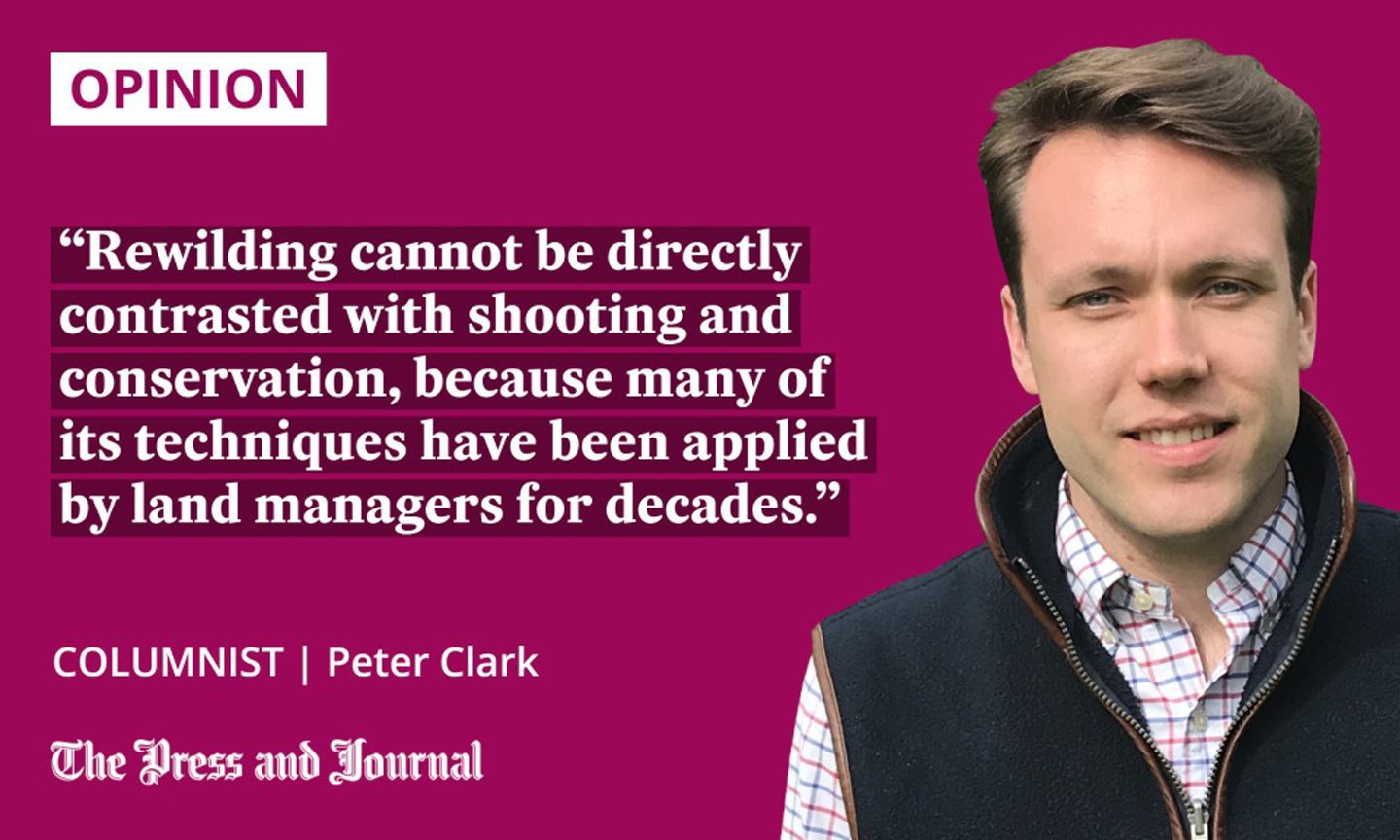 BrewDog purchased the Highland Kinrara estate and made its gamekeepers redundant. Trees are replacing rural communities. Forestry and Land Scotland spent approximately £17.5 million of taxpayer money purchasing Glenprosen estate, and it will be planted solely with millions of trees. It’s a futile move, given the agency’s own advisors warned that the majority of the 3,400-hectare estate was highly unsuitable for tree-planting.
BrewDog purchased the Highland Kinrara estate and made its gamekeepers redundant. Trees are replacing rural communities. Forestry and Land Scotland spent approximately £17.5 million of taxpayer money purchasing Glenprosen estate, and it will be planted solely with millions of trees. It’s a futile move, given the agency’s own advisors warned that the majority of the 3,400-hectare estate was highly unsuitable for tree-planting.
Many who have pursued the rewilding agenda brand themselves the “saviours of nature”. Yet, the various ecotourism or “wild safari” opportunities they deliver often offer less and cost more than when the landscape was managed for a mix of rewilding, shooting and conservation. With the grouse moors gone and trees planted, there is a dearth of open landscape, and this impacts on fringe species.
Admittedly, not all rewilders are steadfast in their beliefs. Many define the activity as something completely different. This is where common ground is often found, and progress made.
Let’s take an ‘old head on young shoulders’ approach
Land shot over is full of rewilded areas. The difference is that they are kept that way purposefully by gamekeepers, and further benefit through effective predator management. Importantly, it is not just quarry species that benefit but a whole range of species.
Despite the Glenprosen purchase, the Scottish Government’s own latest biodiversity strategy demonstrates that shooting and rewilding will work concurrently to deliver on a raft of positive policy goals. They envisage that, by 2030, grouse moor management will sustain healthy biodiversity, especially with regard to muirburn, legal predator control and diversification of habitat to create a more sustainable upland landscape.
Rewilding cannot be directly contrasted with shooting and conservation, because many of its techniques have been applied by land managers for decades. Fundamentally, estates choosing to adopt the totalitarian view of solely rewilding on a large scale will always struggle to keep up with those embracing the benefits brought to the environment by shooting activities and predator control.
Implementing the “old head on young shoulders” approach, by drawing upon the knowledge and skills of land managers and gamekeepers whilst adopting innovation, ingenuity and landscape-appropriate land management techniques, is the best way forward.
Peter Clark is public affairs manager for the British Association for Shooting and Conservation (BASC) in Scotland
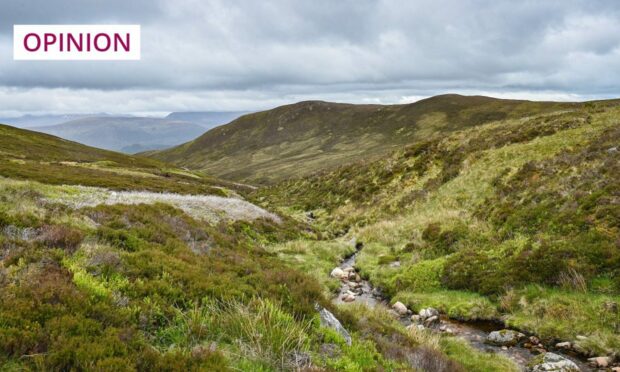


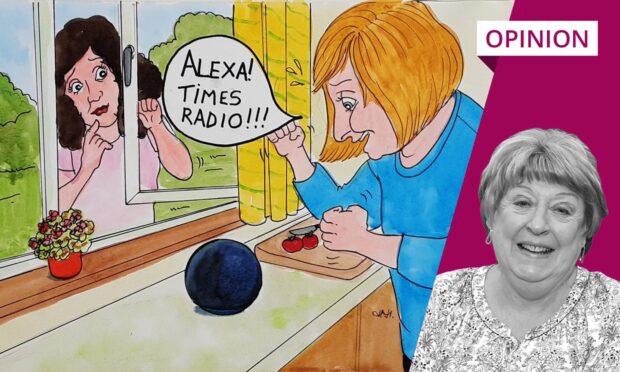
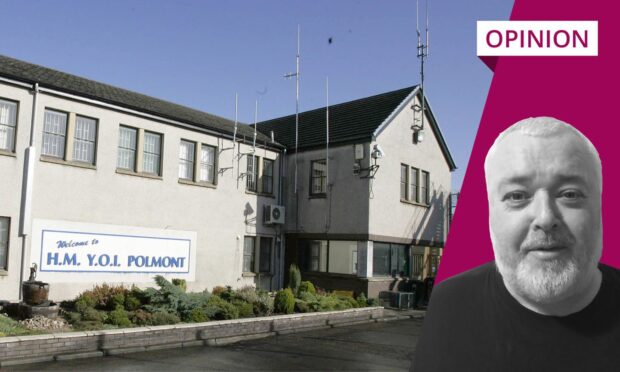
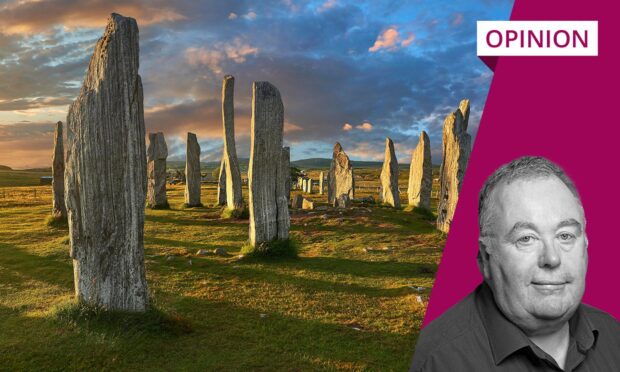


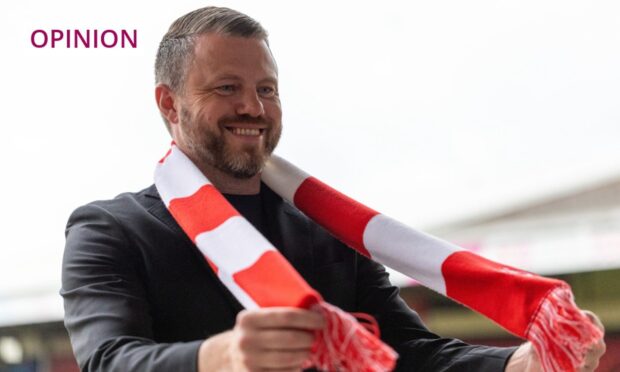

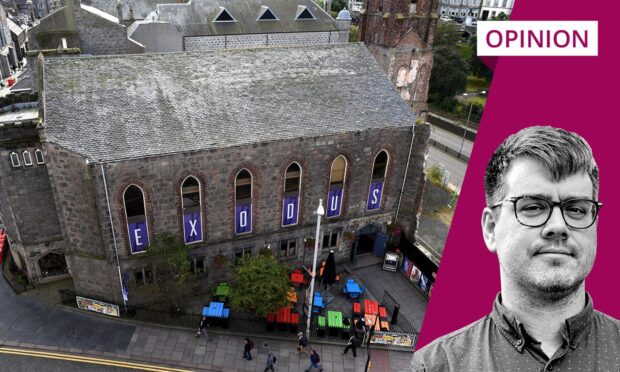

Conversation